Whether you’re training new staff or brushing up your own skills, you’ll find something here to help you learn. On-demand webinars are typically one hour long. For those with less time, videos, application notes and blog posts provide quicker sources of information.
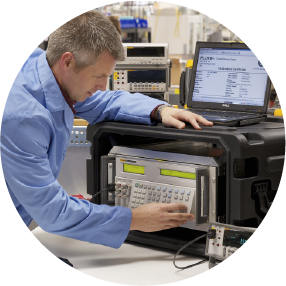
For seasoned vets of the labs as well as rookies learning the ropes, mastering digital multimeter calibration is an important milestone for electrical calibration professionals. Large labs receiving regular shipments of devices at a time know that speed is a necessity, but not at the cost of precision. Start here to give yourself a strong foundation for the most in-demand device under test you’re likely to encounter.
What you will learn:
Choose from a series of links to blog posts, on-demand webinars, and videos to learn more about calibrating digital multimeters
What you will learn:
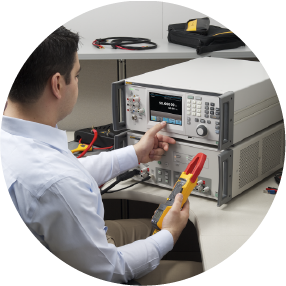
Clamp meters combine the functionality of a basic digital multimeter with a current sensor; they measure current – especially high levels of current. Today’s clamp meters measure even more parameters, such as voltage, continuity and resistance, with greater accuracy. They typically require annual calibration to ensure that their measurements are within manufacturers’ specifications. The information presented here can get you started on the path to calibrating clamp meters.
What you will learn:
What do you need to know when calibrating a clamp meter? This post gives you a quick summary of things to consider.
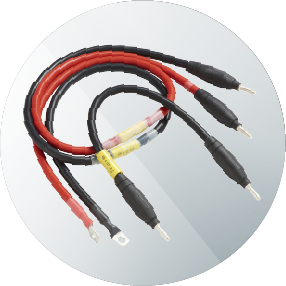
Did you know that leads and cables are the foremost cause of measurement errors in the cal lab? With that in mind, you’ll want to know some simple reminders to keep in mind to avoid errors as well as best practices for using and maintaining your cables and connectors.
What you will learn:
What you will learn:
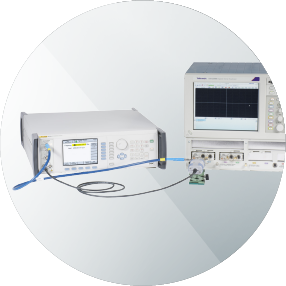
As noted above, cables and connectors are common causes of calibration errors. Choosing the right cables and learning how to apply RF correction factors are basics in calibrating instruments like spectrum analyzers.
Coaxial cables are common throughout RF and microwave calibration. Learn how to choose the right cable for your RF application.
Learn how to apply RF correction factors and avoid errors

Anyone who has tried to make a purchase choice by comparing specifications from different manufacturers knows that it can be like walking through a mine field. Every company puts its best face forward and structures its instrument specs to point out their advantages. With a little basic information you can learn what to look for and how to analyze and compare specifications, making your choices a little easier.
What you will learn:
What you will learn:
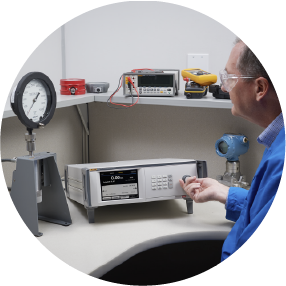
In this series of on-demand webinars we take a three-part look at the basics of calibrating pressure sensors and gauges.
What you will learn:
What you will learn:
What you will learn:
This series of blog posts provide step-by-step instructions on how to calibrate common pressure measuring instruments.
Step-by-step guide to test a pressure gauge using a pressure comparator and a reference gauge
Step-by-step guide to test a pressure transmitter
How to perform a cardinal point calibration with a Fluke Calibration 2271A Industrial Pressure Calibrator

This series of on-demand webinars, blog posts and video provide step-by-step instructions on how to calibrate common temperature measuring instruments.
What you will learn:
What you will learn:
What you will learn:
How to calibrate a device using these methods:
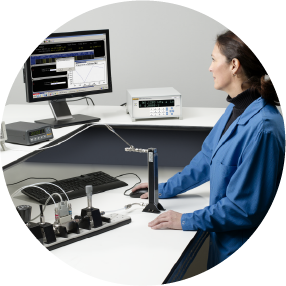
Performing gas flow calibration involves comparing the measurement of a flow sensing device, like a flow meter or flow controller, against a flow measurement. If you want to learn more about gas flow calibration, this is a great place to start.
What you will learn:
Learn why it’s important to calibrate flow meters and the best practices to keep in mind.
Learn why it’s important to calibrate a rotameter, what you need to do the job, and a step-by-step procedure.